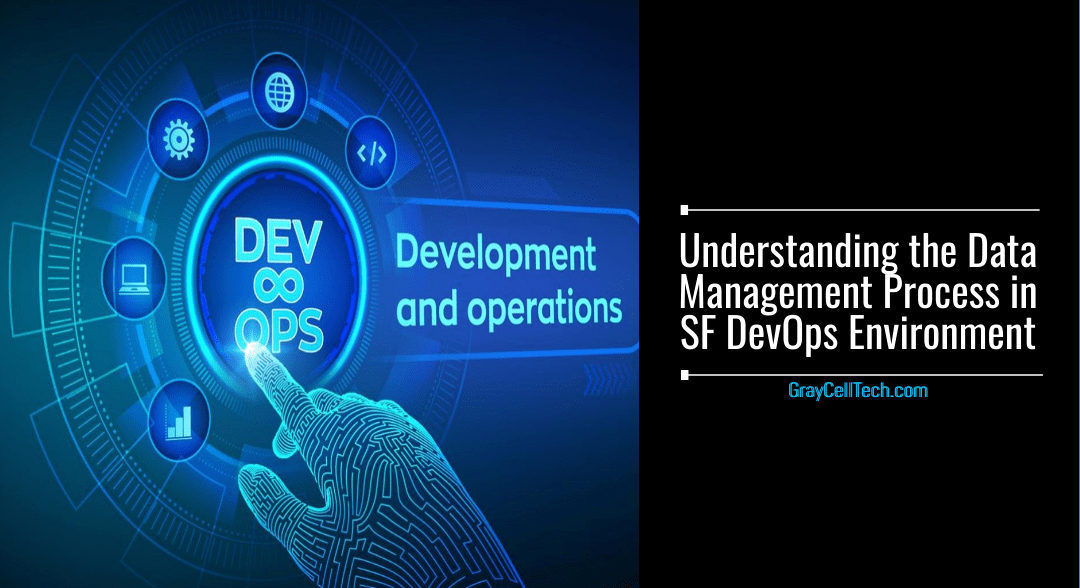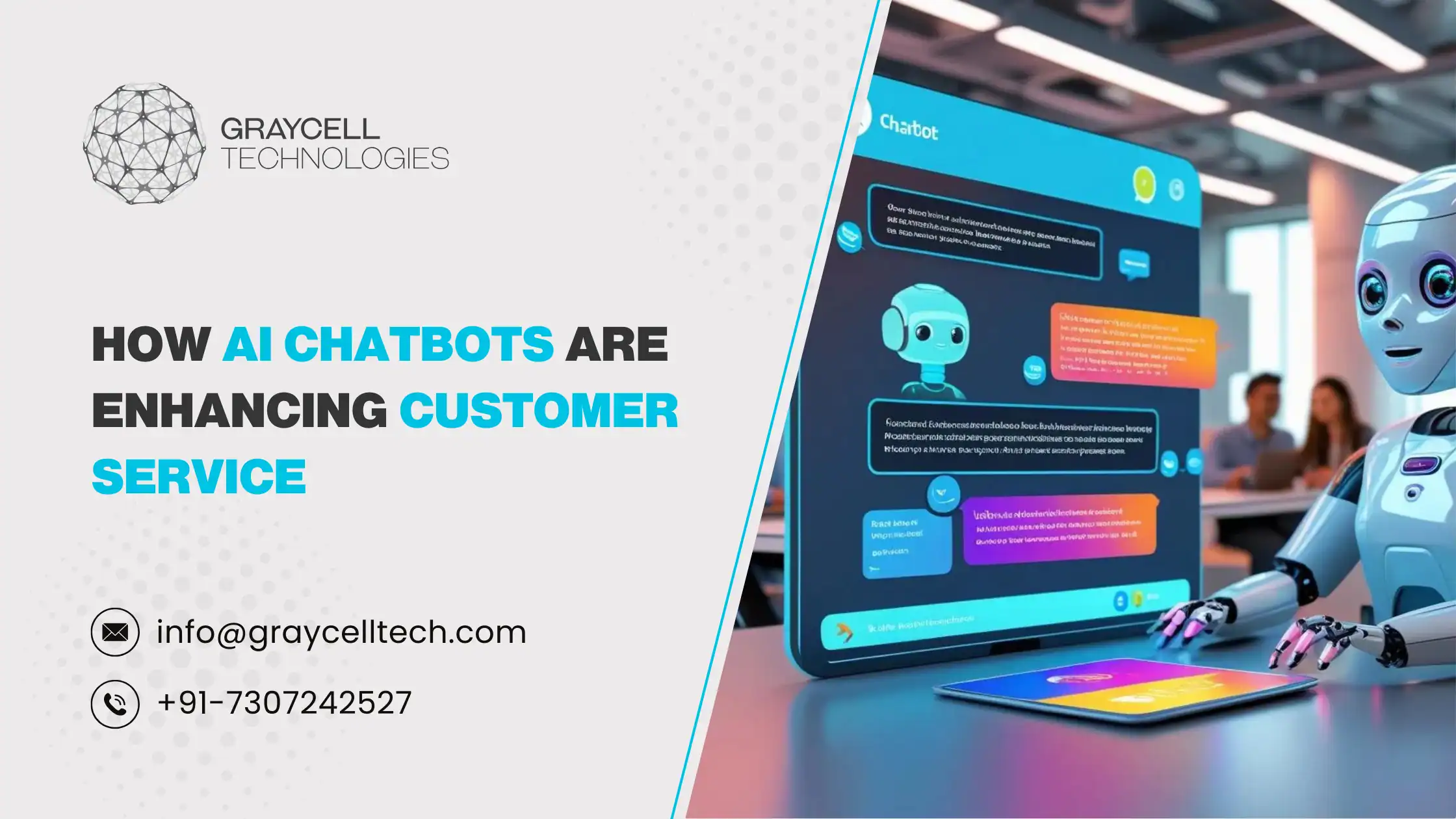Data is considered to be the new fuel for business enterprises, and you may often hear the terms like Big Data, Data Science, Data-Driven Decision Making, etc. The most valuable and constantly changing commodity of data now begins to play a crucial role in cloud-native applications. However, as per the number of DevOps teams, there may be many data-based issues, which continue to plague the developers’ efforts in terms of continuous integration, testing, deployment, and frequent releases. More specifically, in case of persistent issues with data, underlying database engines may often be the culprit.
Your enterprise may be pursuing many modern Big Data and IoT applications which may need to collaborate and analyze sensor data from various sources. Your DevOps team may be trying to develop the applications which can extract data and get you some actionable insights about the future behavior of your customers. Whatever use cases you are dealing with, the backend databases have gained more importance in terms of the success of any data-based projects. However, still in many cases, these databases may have difficulties in keeping in pace with the fast-evolving DevOps pipelines.
As per a report about the current state of database deployments, about 45% of the modern DevOps teams finds it extremely difficult to manage the daily or weekly release cycles. In another related report, it was found that about 20% of the survey respondents cited very slow development-release cycles in the traditional database practices. About 23% also faced a higher risk with deployment failures and increased downtime when database changes are introduced in the conventional database management environment.
Getting to the Core of the Data Problem
Sometimes the database issues may be due to the wrong choice of the database technologies like using relational database management systems, NoSQL DBs, or the latest NewSQL systems. Some other issues may be related to cross-communication failures between the developers and database administrators.
With many DevOps related thins coming into the picture in continuous development, continuous integration, and continuous deployment, the data related problems need to be addressed from three different aspects of the people, process, and the technology. This may require a total fundamental shift in how the issues are managed at the first point.
Managing People and Process
Instead of being concerned about the database slowdowns, we may try to begin with how the DevOps teams’ approach various facets of the data layer beneath. For this, from the beginning of the project itself, DBAs must get involved in the cross-functional SF DevOps team. It will help to promote healthy and effective cross-communication and thereby avoiding any database errors related to it.
This approach can also positively influence the development of the underlying data layers and the infrastructure which supports the emerging use cases. In larger organizations which manage multiple data sets, there may be specialized DBAs. But, in smaller organizations, mostly some full-stack engineers have expertise in database management too. In both cases, it is important to identify different data types earlier, their domains, and boundaries. There may also be cloud-native optimal database patterns also associated with the available data. Once you establish it properly, the team can then gain a better insight into various ways to develop the applications with a proper data architecture for each use case.
With this in mind, organizations need to make a focused effort to shift left with the data architecture. This shift will help to ask the right questions about data and solutions, which can be incorporated early in the design of applications.
Asking Apt Questions About Data
As we discussed above, the key part of collaborative work management should involve asking the right questions about data and data management. These may include the best possible ways for enterprise applications and users to communicate with the given database. Some sample questions may be like:
- Where does the data come from and how it gets ingested?
- How to access the data?
- How to store it and where to store?
- How to update and maintain the legacy databases as new use cases are built?
- What are the types of data to be stored?
- How the data types and size may increase over time?
- How to query from the data?
- What are the common queries the data users may run?
- How you manage the data and scale it?
- How to protect the databases from any data loss or disaster?
- How to protect data from any corruption?
- Hot to secure the data?
These questions can be directly mapped to the features which we expect in the data lifecycle in an ideal database. However, most of the times in real database planning, most of these basic questions are overlooked by being in a hurry to integrate, deliver, and deploy the application code. With this approach, what happens is that instead of the application team fail to prepare a proper design without incorporating the database architecture for application support.
As like any other things related to DevOps, success at the data layer also has to deal with the changing in the development mindset and culture toward database architectures and deployments. It is essential to hire experts with adequate skillsets.
Business First’ Approach
Organizations need to go back a few steps and start again from their business objectives if those are not considered at the very first point. Consider the questions as:
- What do you want to accomplish?
- What drives your business?
- How your data to be used in the business and customer context?
Getting appropriate answers to these questions will help you to make the most appropriate choices in data architecture for a DevOps environment. Many of the discussions enterprise teams who adopt the DevOps approach are considering the fundamentals of their software engineering by addressing things early so that those do not trouble them later.
However, data is one among the many components in the technology suite which you cannot undo later if you have chosen a particular path for your application data architecture. So, when it comes to planning for data, it becomes a pay now or pays later equation which you need to address properly.









